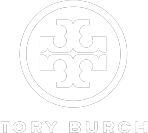IT procurement strategy plays a crucial role in the overall success and efficiency of a business. By implementing a carefully considered strategy, organizations can significantly impact their bottom line and improve operational efficiency.
IT Procurement Meaning
But what is procurement strategy in the context of IT? In simple terms, it refers to the process of acquiring information technology resources, services, and solutions to meet the specific needs of a business. This can include hardware, software, cloud services, and outsourcing partnerships.
A well-defined IT procurement strategy involves a combination of different procurement strategies tailored to the unique requirements of the business. For instance, organizations may adopt strategies like competitive bidding, strategic sourcing, or vendor consolidation to optimize their procurement processes and achieve cost savings. By leveraging these strategies, companies can negotiate better contract terms, select the most suitable vendors, and drive down costs while maintaining the desired quality standards.
Procurement Strategy Examples
To understand how procurement strategy can benefit a business, let's consider some IT procurement examples.
Firstly, adopting a centralized procurement strategy allows companies to consolidate their purchasing power, leading to volume discounts and more favorable pricing. Furthermore, by leveraging long-term contracts or establishing strategic partnerships, organizations can secure stable pricing, mitigate risks, and foster stronger relationships with their suppliers.
Another example is the adoption of innovative procurement strategies, such as e-procurement or reverse auctions, which can streamline the procurement process and improve efficiency. These strategies leverage technology to automate and digitize the procurement lifecycle, eliminating manual processes and reducing the risk of errors. Consequently, businesses can save valuable time and resources, enabling them to focus on core business activities.
It is crucial for businesses to continuously evaluate and adapt their IT procurement strategies to stay aligned with the technological advancements and market dynamics to maintain a competitive edge. By strategically managing the acquisition of IT resources and services, organizations can optimize their procurement processes, reduce costs, and ultimately enhance their overall operational efficiency.
What Are Procurement Strategies?
An organization's IT procurement strategy plays a crucial role in its ability to manage IT resources and achieve business objectives. Organizations should adopt best practices to ensure the successful acquisition of technology products and services.
Let’s delve deeper into the importance of strategic procurement and outline the key best practices involved in creating an effective IT procurement strategy.
A procurement strategy is a set of defined approaches and methodologies that organizations employ to acquire goods, services, or technology solutions. These strategies may encompass various aspects, such as:
1) Identifying business needs
2) Sourcing suppliers
3) Negotiating contracts
4) Managing supplier relationships
By adopting effective procurement strategies, businesses can optimize costs, mitigate risks, and improve operational efficiency.
IT Procurement Best Practices
When it comes to IT procurement in particular, there are some best practices that organizations should consider.
1. Identify Responsibilities
First, a thorough needs assessment should be conducted to identify specific technology requirements. Then, these requirements should be aligned with business objectives. This helps to ensure that the selected IT solutions are suitable and will deliver the expected value.
2. Establish a Supplier Selection Process
Next, organizations should establish a robust supplier evaluation and selection process. This involves assessing the suppliers' capabilities, reputation, financial stability, and their ability to meet the organization's specific IT needs. By carefully evaluating potential vendors, organizations can make informed decisions and choose reliable partners who can fulfill their IT requirements.
3. Negotiate Clear Contracts
Negotiating contracts with selected suppliers is another critical aspect of IT procurement. This involves defining clear terms and conditions, pricing structures, and service level agreements (SLAs). Effective contract negotiation allows organizations to protect their interests, ensure fair pricing, and establish a solid foundation for a successful partnership.
4. Prioritize Supplier Relationships
Managing supplier relationships is another important part of IT procurement. Building strong relationships with suppliers fosters collaboration and enables more effective communication. Regular performance reviews and feedback sessions can help to track supplier performance and make it easier to address any issues.
By adopting best practices like these, organizations can optimize their IT procurement processes and accomplish their desired outcomes.
Purchasing Strategy Process
Developing a strategic purchasing strategy process is essential for ensuring efficient purchasing practices. When designing a purchasing strategy, organizations should consider several key factors.
First, strategic procurement planning should align with the organization’s overall business objectives and goals. By understanding the requirements and priorities of the organization, procurement professionals can design strategies that support these objectives.
Second, it is important to consider the different types of purchasing strategies available. There are various approaches that can be applied, including:
1) Centralized purchasing
2) Decentralized purchasing
3) Consortium purchasing
4) And others
Each strategy has its own advantages and challenges. Organizations should carefully evaluate which approach suits their specific procurement needs.
Strategic Procurement vs. Operational Procurement
Notably, strategic procurement differs from operational procurement. While operational procurement focuses on day-to-day transactions and activities, strategic procurement takes a long-term view and aims to create value and drive innovation.
Developing a robust purchasing strategy can lead to several benefits.
An effective purchasing strategy enables an organization to optimize its supplier base, reduce costs, and enhance efficiency. Additionally, by fostering strong relationships with suppliers, organizations can gain a competitive edge in the market.
Purchasing Strategies Examples
To illustrate, let's consider a few examples of effective purchasing strategies:
1) Just-in-time (JIT) purchasing - is a strategy that aims to minimize inventory and maximize efficiency.
2) Global sourcing - is another approach that involves seeking suppliers from different regions to leverage cost advantages and diversify supply chains.
A well-defined purchasing strategy process is vital for organizations to achieve their procurement goals. By developing a strategic approach, considering different purchasing strategies, and understanding the benefits, organizations can optimize their procurement practices and drive sustainable growth.
IT Procurement Process
The IT procurement process is different from many other purchasing strategies. To understand its peculiarities, let's explore some of the key aspects of the IT procurement process.
The IT procurement process involves acquiring information technology-related products and services to fulfill organizational needs. Whether it's hardware, software, or specific IT services like cloud computing or cybersecurity solutions, the procurement of these items requires specialized knowledge and expertise.
One notable feature of the IT procurement process is the existence of specific categories within it, including:
* Hardware
* Software
* Maintenance and support services
* Consulting services
* Telecommunications
* And others
This categorization enables a streamlined approach to handling the procurement of IT resources. Each category necessitates a thorough understanding of its unique requirements and considerations.
The role of the IT procurement specialist is instrumental within the realm of IT procurement. This skilled professional possesses the expertise to navigate the intricacies of the IT procurement landscape. They are adept at assessing the organization's technological needs, identifying suitable vendors, negotiating contracts, and ensuring the successful delivery of IT products and services.
Developing an effective IT procurement strategy is another crucial aspect of the process. A well-crafted strategy should outline the organization's approach to procuring IT resources in an efficient and cost-effective manner. It should establish clear objectives, determine budgetary allocations, define evaluation criteria for vendors, and outline steps for implementing robust governance mechanisms to monitor the procurement process.
To understand the unique dynamics of the IT procurement process, let’s consider a few examples. Instances of IT procurement that necessitate tailored strategies and considerations might include:
1) Procuring software licenses from a reputable vendor
2) Acquiring high-performance servers for enhanced computing capabilities
3) Engaging in long-term partnerships with IT service providers
The IT procurement process stands apart from other procurement processes due to its specific focus on technology-related resources. With its distinct categories, specialized roles, and unique strategic considerations, IT procurement requires a comprehensive understanding of IT industry dynamics.
Procurement Strategy Framework
A procurement strategy framework forms the backbone of effective procurement practices by encompassing the comprehensive considerations required for successful procurement. This framework acknowledges the significance of aligning procurement efforts with overall business objectives, while also taking into account the varying requirements of different sectors.
There are many types of procurement strategies, encompassing both traditional and innovative approaches. Examples include:
1) Centralized procurement
2) Decentralized procurement
3) Outsourcing
4) Insourcing
5) Supplier collaboration
Each type of strategy is carefully constructed to address specific objectives and challenges commonly encountered in different industries, such as manufacturing, healthcare, construction, or information technology.
Procurement strategies in supply chain management play a crucial role in optimizing the sourcing, purchasing, and delivery processes. There are a wide range of possible approaches, including (but not limited to) vertical integration, strategic alliances, and supplier diversification. Similarly, a procurement strategy in project management is instrumental in ensuring successful project outcomes.
The procurement strategy development process involves meticulous planning and analysis to identify the most suitable procurement approach for each project phase. To determine the most effective procurement strategy, organizations should take into account factors like project scope, budget, timeline, and stakeholder requirements.
Procurement Strategy Construction
The construction of a procurement strategy involves systematically evaluating market dynamics, supplier capabilities, and internal organizational requirements. The goal should be to strike a balance between achieving cost savings, ensuring supply chain resilience, and fostering supplier innovation and collaboration. A procurement strategy may also consider long-term partnerships with key suppliers to drive sustainable competitive advantage.
Ultimately, a procurement strategy framework is an indispensable tool for organizations seeking to optimize their IT procurement practices. By developing and implementing tailored strategies designed for particular purchasing categories and grounded in specific industry considerations, businesses can drive long-term procurement success.
Related Articles:
IT Procurement Services
IT Procurement Consulting
IT Procurement Best Practices
IT Procurement Process
IT Procurement Support
IT Consulting Strategy
Private Equity Value Creation
AI in the Contact Center
Vendor Selection Process in Procurement







